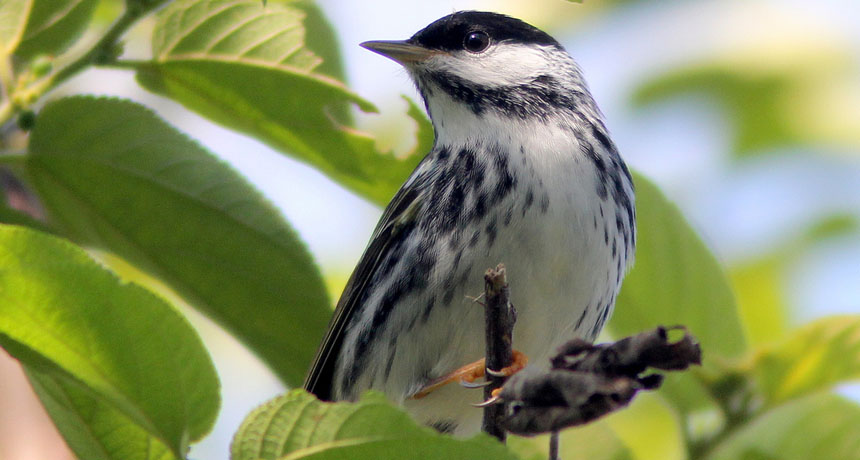News Brief: Tiny songbird is mega-flier
It can travel 900 kilometers (560 miles) a day for three days, nonstop

These blackpoll warblers travel nonstop, over the ocean, each fall when migrating from North America to South America. It’s one of the longest transoceanic flights of any songbird.
Kenneth Cole Schneider/Flickr (CC BY-NC-SA 2.0)







